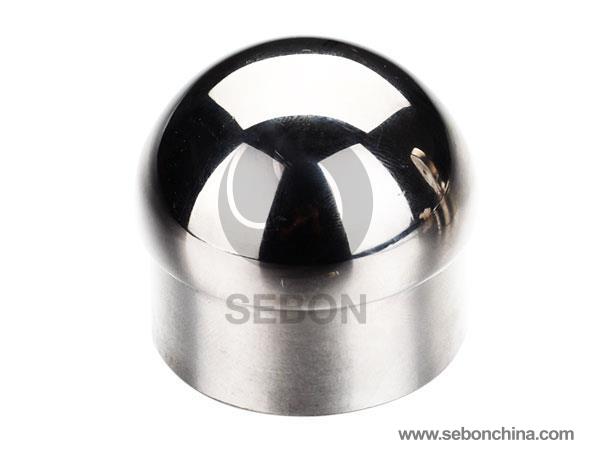Reducing residual stresses during sand casting molds
Residual stress is reduced in light metal alloy articles, e.g. aluminum alloy articles, formed as castings against a sand casting molds body by incorporating a wax composition of suitable softening or melting temperature with the sand particles of the mold or core body. The hot cast metal heats adjoining surfaces of the mold body. As the cooling metal forms a solid shell, the surrounding sand particle and wax mixture are heated sufficiently to melt or soften the wax incorporated on or between sand particles. This softens portions of the rigid mold body that could otherwise restrain shrinking surfaces of the casting and produce unwanted stressed regions that are retained in the casting and must be removed by subsequent processing.
The art of casting molten metal into sand molds to make useful articles has long been practiced. The casting art also includes casting molten metal into permanent molds in which sand cores are used to define internal surfaces of the casting. Today many ferrous and non-ferrous metal alloys are cast in green sand molds, resin bonded sand molds, or in other more permanent mold material structures using sand cores to define a portion of the surfaces of the cast articles.
Aluminum alloys are used in producing many cast articles, particularly in the automobile industry. Many engine components and other drive-train components are cast of various aluminum alloys in sand molds, and aluminum parts are produced by die casting or permanent mold casting in which sand cores are used. For example, there is a family of aluminum-based alloys variously containing, by weight, about five to twelve percent silicon, and smaller amounts of other alloying constituents such as copper, magnesium, and/or zinc. These alloys have good fluidity at pouring temperatures of, for example, about 700° C. for flowing into intricately shaped mold cavities in such casting practices.
Molding sand materials containing fine silica sand particles and small amounts of clay and water may serve as the mold or core material for casting aluminum alloys and other light metal alloys such as magnesium alloys. The pouring temperatures of these casting alloys are relatively low (as compared, e.g., to ferrous alloys or other higher melting point metal alloys) and special, high temperature resistant mold compositions are not normally required. Complex parts such as aluminum alloy engine cylinder blocks, engine head blocks and the like may be cast in sand molds with sand cores to good dimensional accuracy. But aluminum alloys have a high volumetric shrinkage upon solidification, and there is additional shrinkage as solidified cast metal experiences further cooling. The sand mold body is initially at ambient temperature and it has relatively low thermal conductivity. Those portions of the mold close to the mold cavity are heated by the sudden charge of hot metal. So mold surfaces and cores may expand in directions that press against surfaces of the solidifying cast metal. There are shapes in aluminum castings, such as those formed by surfaces in the cast body having intersecting faces at angles of about ninety degrees and lower,which may shrink extensively against acute angles (for example), adjacent sand mold surfaces and experience unwanted compressive or tensile stresses. This mold surface induced stress may cause cracks in affected surface regions of the cast light metal article. But more commonly, the cooled casting has regions of residual compressive or tensile stresses that may have to be relieved by a costly heat treatment.
There is a need for a method of making sand casting molds and sand cores that reduce such thermal shrinkage damage to cast light metal alloy parts.



